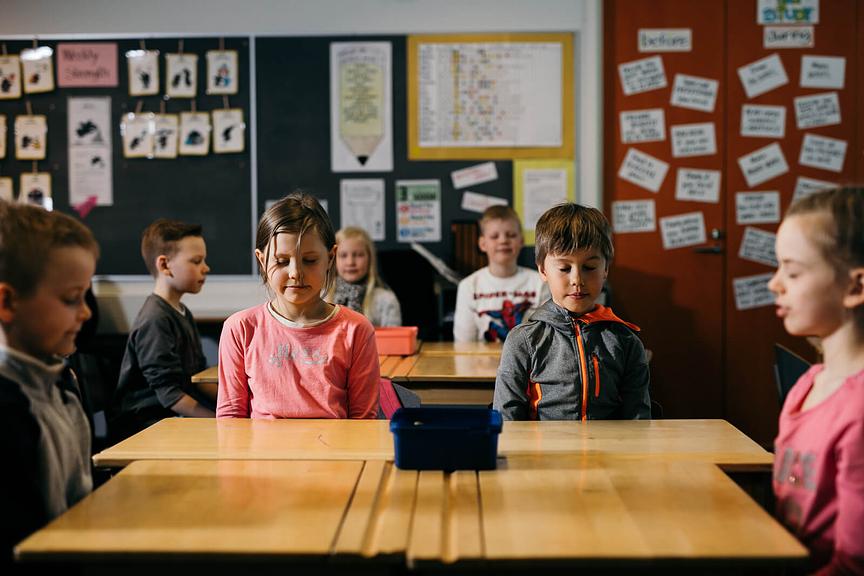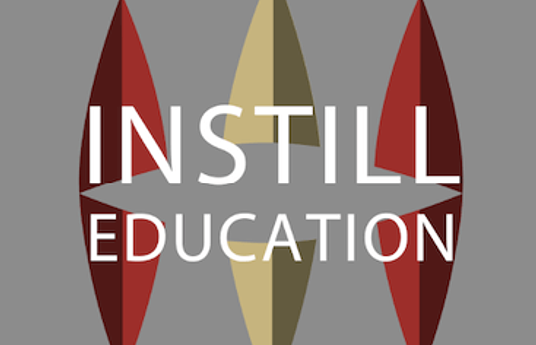People constantly face different kinds of challenges and problems in their lives. These may be small issues that we have learned to deal with using certain mechanisms, but sometimes the problems are bigger and require more effort from us to solve them. Challenges and problems can be related to everyday life or work, but they often appear when we are learning or faced with something new.
Both students and school staff face numerous small and more challenging problems in learning, social interactions, or teamwork, for example. Problem solving skills can be learned separately, but the thinking mechanisms used to solve individual problems, ways of acting and adopting attitudes can also be connected to all school related issues and the whole school culture. This way, problems become objectives and the conversation around them becomes solution-focused.
The solution-focused approach is a way of thinking and acting, that focuses on the future and goals. It differs from problem-oriented thinking, which concentrates on the problem or why it emerged.
The approach is also strongly linked to interactive dialogue. It focuses on listening and understanding the parties involved on an equal footing while proceeding constructively in a respectful atmosphere.
The solution-focused approach involves respectful social interaction, finding out the cause of the problem from the concerned party themselves instead of making assumptions, focusing on desired future outcomes and agreeing on practices and follow-up. In addition, the model focuses on everyone’s strengths and maintaining positive speech at the school. The central view of the approach is that the words we use matter and constantly shape reality.
The City of Lappeenranta started training its teaching staff as solution-focused neuropsychiatric trainers in 2008. Originally, the training process was initiated to provide teachers with the ability to work with students showing neuropsychiatric problems using solution-focused approaches. It was soon discovered that the approach is an excellent foundation for all school related areas.
In the Lappeenranta model, the education provider has provided solution-focused training for staff and supervisors. The municipality’s curriculum stipulates that all personnel should implement the solution-focused approach in their work.
The solution-focused approach has completely transformed the foundation for social interaction between people working in Lappeenranta schools. The approach proved fruitful immediately in social and multiprofessional interaction – teachers and students; teachers and guardians; teachers and teachers; teachers and their supervisors; as well as teachers and other staff started to communicate more effectively. In addition, school and work satisfaction has increased among staff and students alike.
The following steps provide guidelines for training teaching staff on a municipal level. The content and implementation of the approach is also explained step-by-step for teachers.



